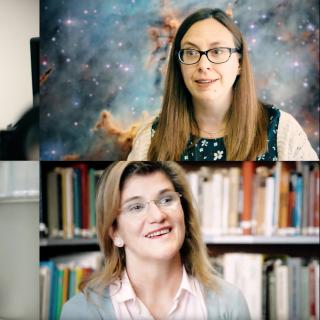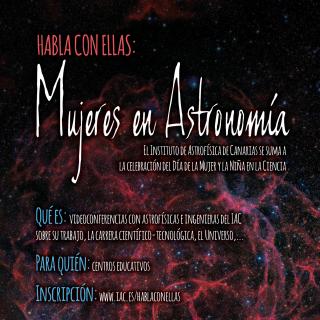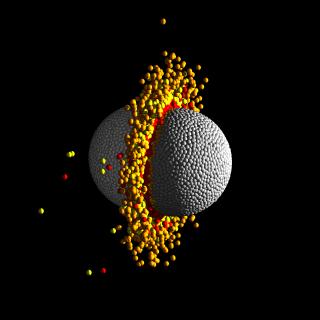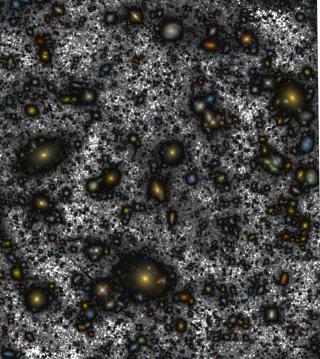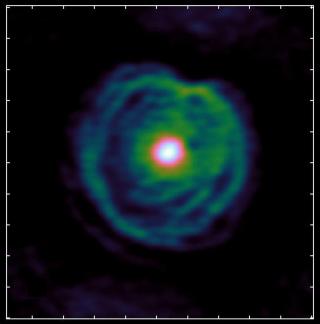
The type of stars we refer to, which cannot be seen by the naked eye, officially up to now the objects which have suffered the greatest loss of mass. But the spiral structures detected by an international team, including a member who researches at the Instituto de Astrofísica de Canarias (IAC) and at the University of La Laguna (ULL) show that this is not the case. The results of this work are published today in the journal Nature Astronomy.
Advertised on
